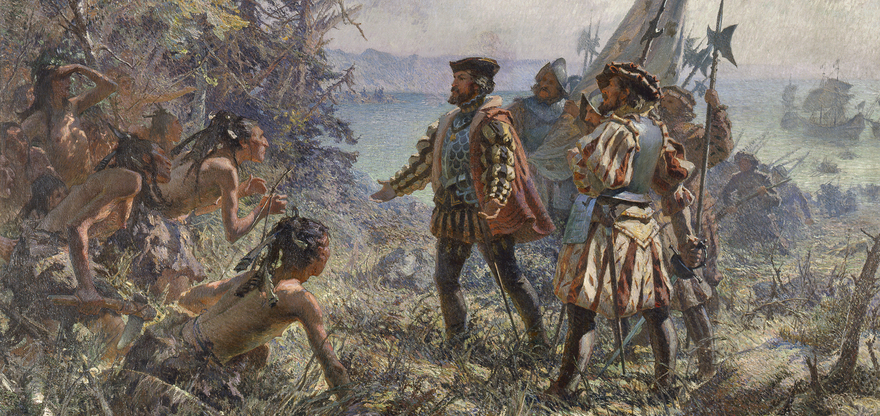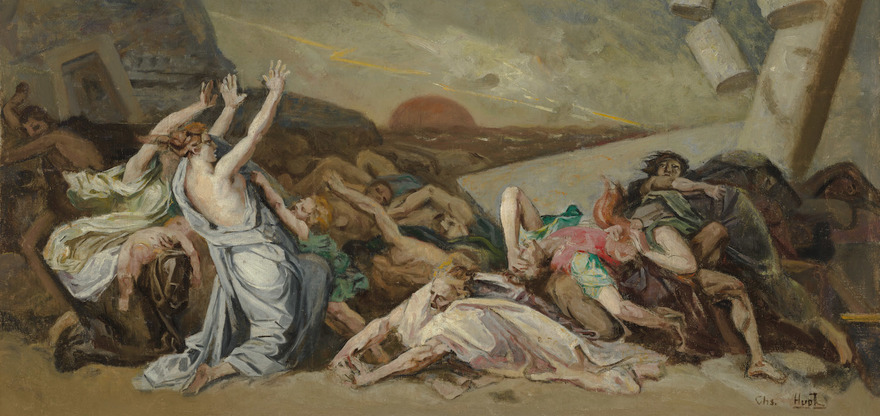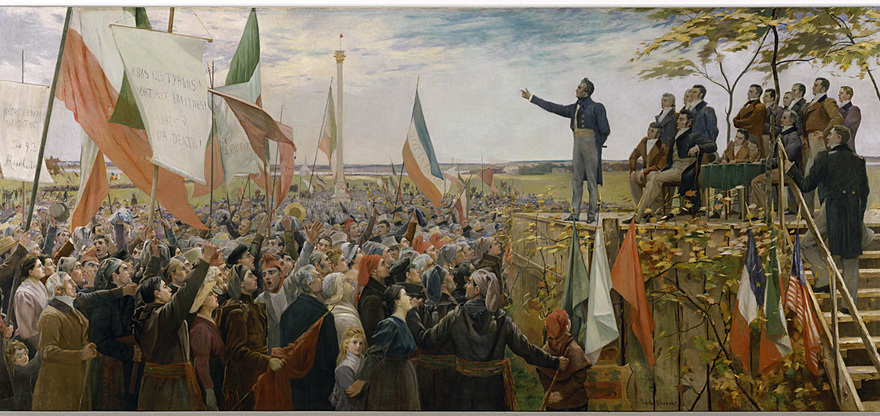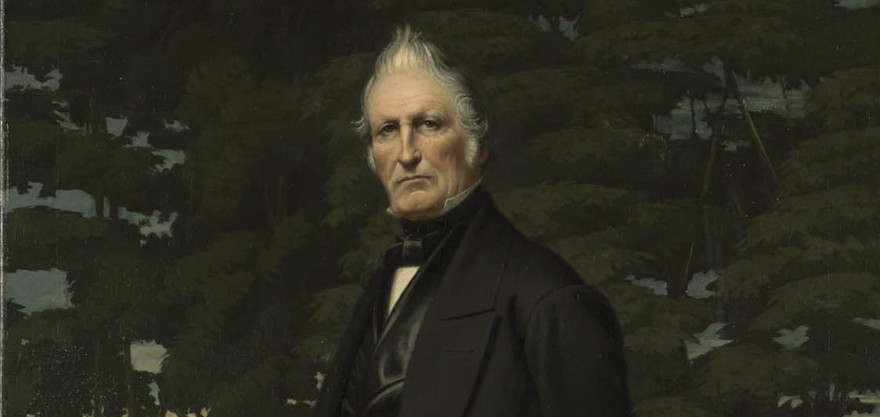The second half of the 19th century witnessed the founding of many institutions devoted to the teaching and dissemination of art, institutions that would shape cultural life for nearly an entire century. These also contributed to the development of art genres such as portraiture, still life and genre and history painting, while promoting a certain academic tradition and orchestrating the reception of art in institutional salons. Around the same time, taking a trip to Europe to study art became an indispensable step in the artist’s training.
EXPERIENCE THE VIRTUAL TOUR OF THIS EXHIBITION
In Québec, the years from 1880 to 1930 were an era of commemoration, a period in which subscriptions, national and international competitions and a succession of public events paid tribute to the builders of our young society. Many artists turned away from long-established practices to make large-scale works specifically for public buildings.
In this room, visitors will see an artist’s studio—that of Napoléon Bourassa—a political space and a religious space that, taken together, show the many forms assumed by art practices associated with commemoration. The issues involved in the visual construction of history are explored through an examination of the social role that artists have played in this process. How, for example, does one invent the face of a historical character without knowing what the person really looked like? How do artists imagine major historical events? Why do they decide to depict them in a Romantic, Realist or even Impressionist light? What roles do fiction and dreaming pay in the representation of history? How are they made visible? And how does our current imagination give them back their visibility?
History Painting
History painting long reigned supreme over the hierarchy of genres, owing both to the technical mastery and knowledge it required and the political uses to which it could be put. The role of history painters was moral as well as artistic, for they were expected to inspire their community by illustrating the splendour of the past. This vision of art would reach a climax in the passion for commemoration, which was linked to the rise of nationalism. Commemoration aimed not only to recall the greatness of selected historical figures but also to educate the general population by being played out in the public arena. In Québec, where the fashion held sway from 1880 to 1925, it was fuelled by the emergence of democratic institutions and the desire to spotlight the most significant of the nation’s builders in the adornment of its public edifices. Québec history paintings – relatively few in number, often bombastic and lifeless – are generally criticized on both historical and stylistic grounds.







Give us your feedback